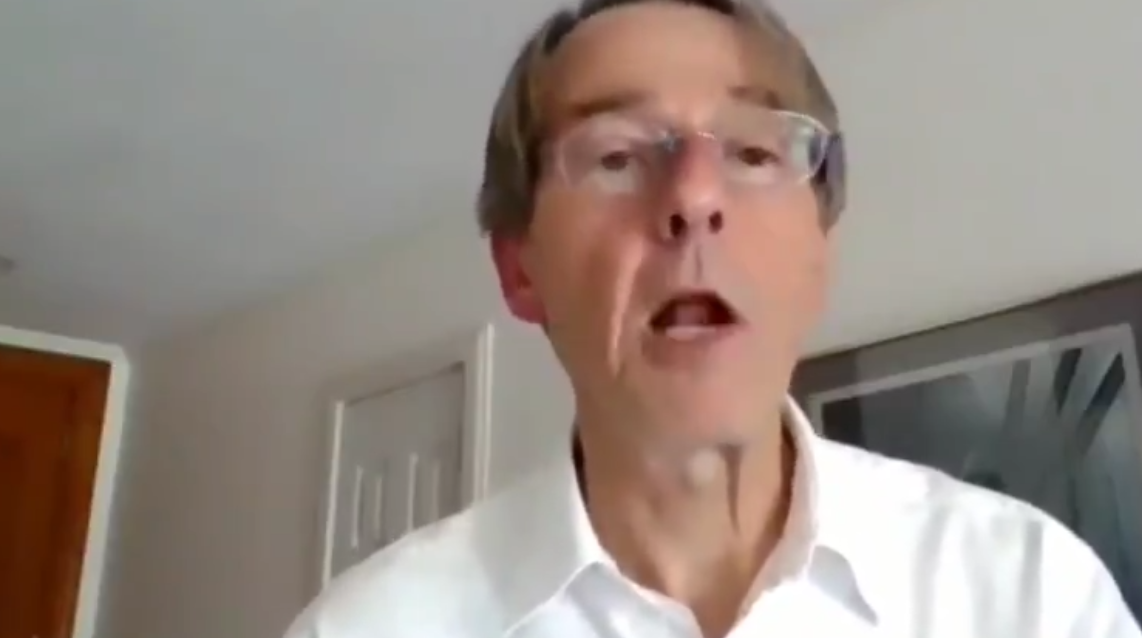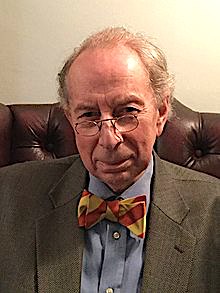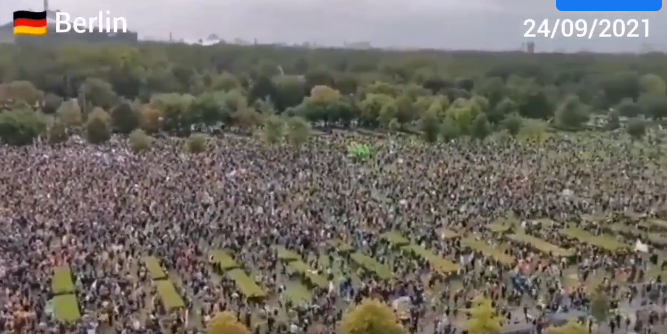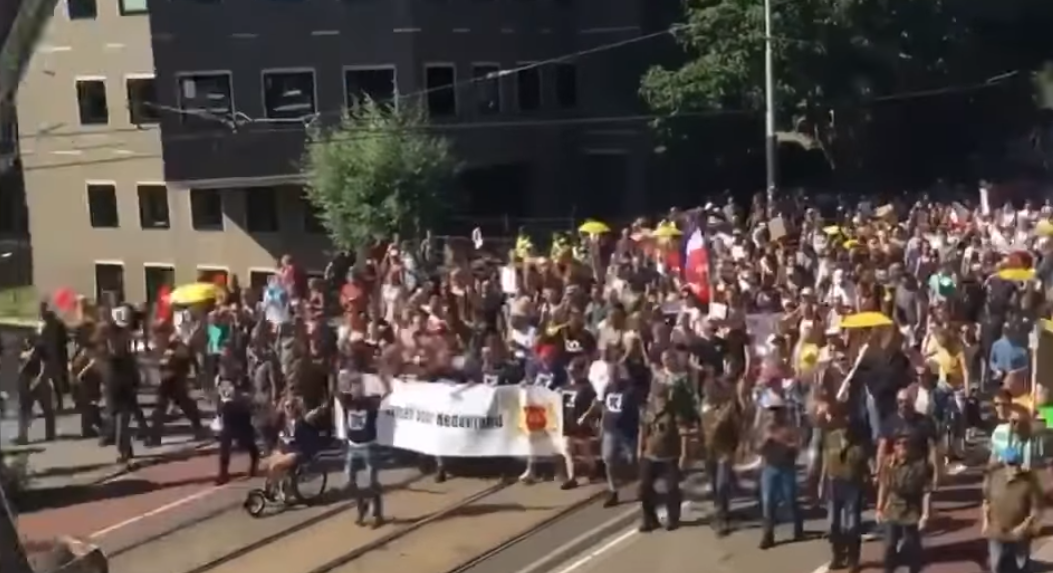In a recent column, Paul Fanlund, publisher of The Capital Times, laments the city of Madison’s push for increased housing density as yet another overreach by elected officials “quietly” changing the rules without proper deference to longtime homeowners. It’s not his first time criticizing the city’s evolving housing policy — and not the first time he’s doing so from the vantage point of Hill Farms, one of the most historically exclusionary neighborhoods in Madison.
Framing resistance to housing reform as concern for “public trust” or “zoning protections” reflects a longstanding rhetorical tradition in Madison — one that dresses exclusion in the language of procedural integrity. These arguments are not new; they have circulated for more than a century, most often from those who benefit most from regulatory systems designed to safeguard comfort and property values while obstructing broader inclusion.
What matters most here is not simply one columnist’s view, but the lineage of thinking his columns represent — a narrative that positions neighborhood preservation as civic virtue, and treats structural exclusion as an unfortunate but immovable byproduct of planning. That narrative deserves scrutiny, not because of who says it, but because of what it enables.
In over 15 years of research into Madison’s housing and land-use policies — spanning the past 150 years — I’ve documented how single-family zoning, land covenants, and localized political influence have consistently been used to insulate certain neighborhoods from change while displacing or excluding lower-income and BIPOC communities. Hill Farms, in particular, was developed with the explicit intent to be exclusive, shaped by planners and homeowners who lobbied to keep out density, renters and diversity. That Fanlund lives there is not disqualifying — but his failure to acknowledge how that informs his perspective undermines his credibility.
Invocations of homeowners’ prior support for density — so long as it was placed elsewhere — exemplify what I refer to as spatial logics of managed inequality. This is when “collaboration” with city planners is praised when it results in multi-unit housing near, but not within, single-family enclaves. The moment that the logic of inclusion encroaches upon the protections those neighborhoods have long enjoyed, we are told the city has gone too far.
Fanlund’s columns present a contradictory picture. On one hand, he frames density advocates as “far-left” radicals steamrolling tradition; on the other, he warns of unchecked power held by wealthy developers. But this conflation obscures what is actually happening in Madison. The movement for housing reform is not some shadowy alliance between ideologues and profiteers — it’s a broad-based effort to correct the spatial inequities that have long structured this city. Community groups, planners, renters, homeowners and elected officials are coming together around a simple idea: land-use decisions should reflect the needs of the many, not the preservation of the privileged few. That’s not dogma. That’s democracy long deferred, finally taking root.
Critics of the proposed changes argue that city leaders unfairly label dissenters as selfish or racist. But when opposition to housing reform consistently comes from the most affluent and racially homogeneous parts of the city — when those neighborhoods organize to protect their zoning status quo while others face overcrowding, displacement or exclusion — what should we call that pattern?
This isn’t about silencing dissent. It’s about recognizing which voices have been amplified for generations, and whose voices are only now beginning to be heard. In the 1960s, the Hill Farms area was promoted as a model for suburban development — a quiet, manicured neighborhood set apart from the noise of urban life. But beneath that image was a deliberate effort to resist racial integration and density through zoning and civic pressure. The documents are there. The history is clear. And the same rhetorical devices used then — emphasizing "neighborhood character," "public trust," and "procedural fairness" — are being deployed again now.
When it’s said that residents “must sacrifice whatever is deemed necessary,” the implication is often that change is being unfairly imposed. But in truth, the greatest sacrifices have long been extracted from those excluded from homeownership, displaced by escalating rents, or hemmed into under-resourced neighborhoods by design. If we are serious about justice, then ensuring broader access to opportunity cannot be mistaken for personal loss — it must be understood as long-overdue redress.
Yes, change can be uncomfortable. But equity was never about comfort — it’s about a city willing to realign its practices toward shared access, stability and dignity. That work becomes impossible when old frameworks continue to shape whose concerns are centered and whose are dismissed.
So, as it currently stands, the city appears more committed than ever to listening to the residents it once sidelined. Fanlund's real grievance may be simpler: Madison is listening more broadly now. And that means we may need to listen a little less to him.
Dr. Justice Castañeda is a Madison native, Red Caboose alum, and graduate of Mendota Elementary, O’Keeffe Middle School, and Madison East High. He has a Ph.D. from UW-Madison in urban and regional planning.

















.jpg)






 English (US) ·
English (US) ·  French (CA) ·
French (CA) ·